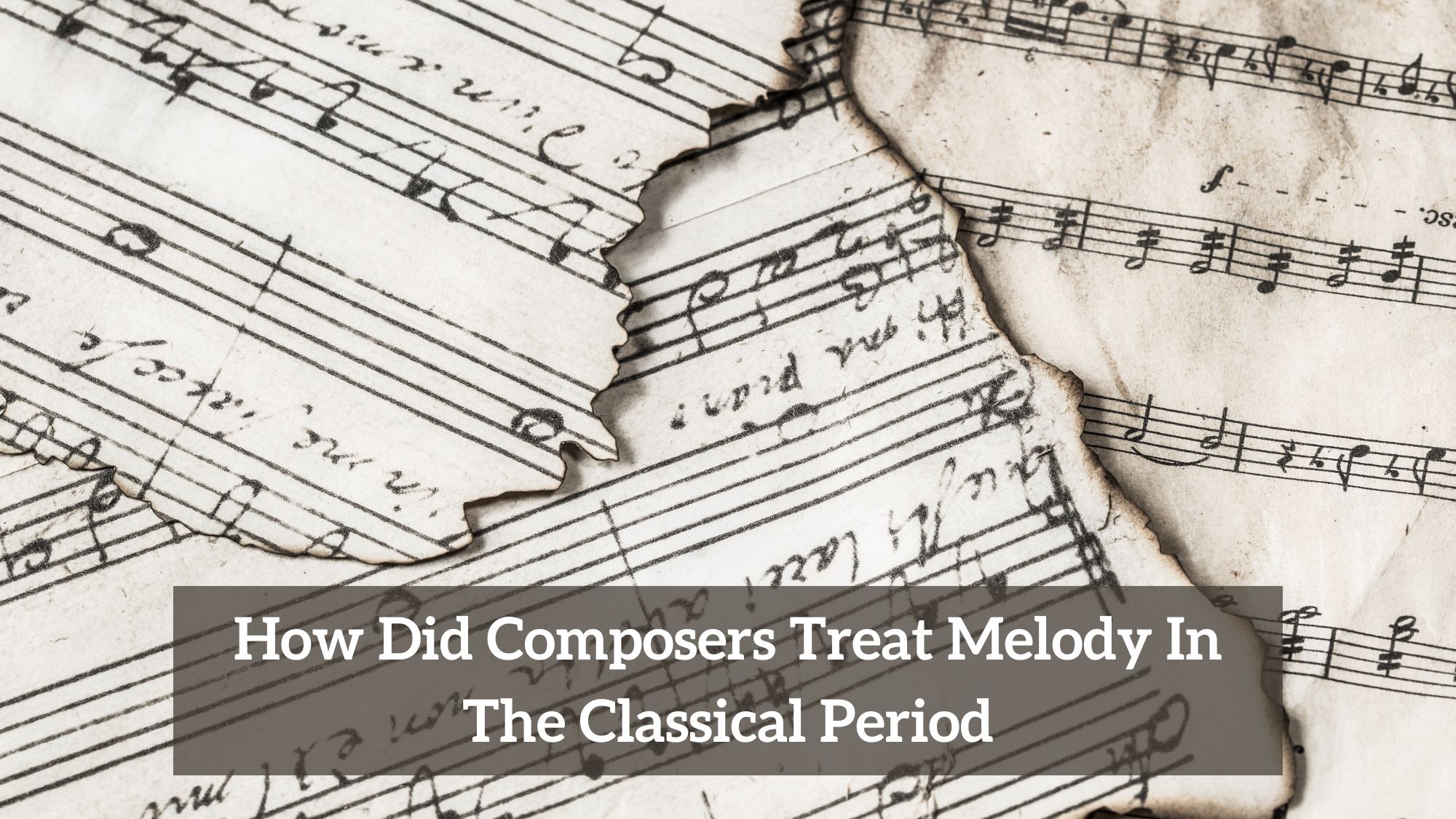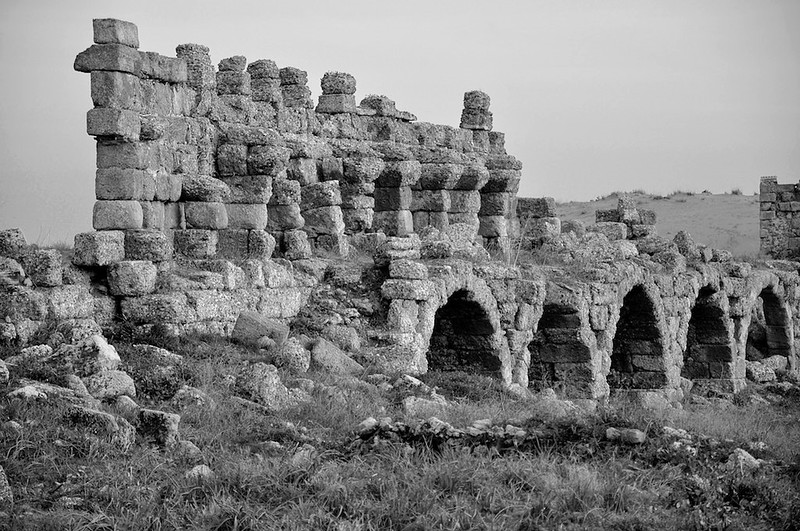
Firstly, I feel it is important to mention the fact that composers during this period of music, much the same as any other period of music, did apply certain conventions to their compositions.
The ones who became singled out for their talents and innovation were often those who took those conventions and did something remarkable with them. In doing so they defined their age and paved the way for the future development of music.
The Classical Era arose out of a reaction against the conventions of the Baroque period. It wasn’t a rebellion as such, more a change of attitude and fashion.
For many composers, in the Classical period, the music from the Baroque featured in their compositions but it was not bound by the same rules or necessarily used in the same way.
The rich polyphony of the Renaissance and Baroque periods gave way to sleeker more measured melodies placed meticulously into homophonic textures.
A reverence for the architecture of the Romans and the Greeks came into focus bringing with it cleanly proportioned melodies and balanced structures that paid homage to the ancient civilisations.
How Did Composers Treat Melody In The Classical Period
Melodic writing during the Classical period was commonly periodic. This term refers to a melody that falls perfectly into a span of eight bars. These eight bars were supported by a closely related set of chords that usually contained a strong tonic-dominant relationship.
Let me expand this further. As the music in the Classical period was tonal, the idea in the first instance of any composition was to formally establish the key of that piece.
This was most readily achieved by using the tonic chord to open the piece followed by an interrupted cadence at the close of bar four. Next, often now in the dominant, the melody sounded for a further four bars concluding with a perfect cadence in the tonic key.
The lasting effect of this process established the key of the music and allowed the composition to begin with a very solid harmonic base.
Whilst not all composers wrote every melody based on a chord or arpeggio, it was a feature of many composers’ work.
If you listen to the opening of WA Mozart’s famous Eine kleine Nachtmusik you will pick up on the fact that that opening melody is based on the notes of the tonic, then the dominant chords.
In this case G major then D major. In doing this, WA Mozart effortlessly establishes the key of the music and composes a beautifully ridged melody that is instantly memorable.
That memorability is helped considerably because the notes in it match the notes of the chord and the chords used are the two most important ones in any key.
The simplicity and elegance of harmony and the construction of melody reflected the conventions of the day. What it also offered composers was the opportunity to take their melodies further than their predecessors.
This was clearly shown in the new musical forms that began to take hold during the early part of the Classical Era. One of these was called sonata form and as the period moved forward this structure could be found in concertos, symphonies and sonatas.
The reason that sonata form became so vital was that it reinforced tonal expectations while allowing composers to develop their melodies in new and exciting ways.
Sonata form presented new possibilities that were almost operatic. Two contrasting themes, or subjects are played in the exposition or opening section of the work.
The first theme characteristically is in the tonic and often strong and assured whilst the second theme in the dominant is more subdued and considered. Following the exposition, the piece moves into new territory, the development.
Here is where Classical composers could show their musical prowess through the manipulation, exploration ultimately the development of the two melodies. In a very real sense, these melodies battle it out to see who is the stronger.
This section of the composition noticeably grew in size as the period matured. It eventually became the focus for longer and more elaborate compositions that were channelled into the Romantic era that followed.
As the period progressed melodic material became increasingly sophisticated. Composers started taking ever more bold risks with their use of harmony, pushing melody further towards the chromatic.
Tonality still dominated the musical landscape but if you listen to the later period WA Mozart symphonies or string quartets you hear a changing musical world.
Haydn continued to produce 104 symphonies alongside countless concertos, string quartets and large-scale choral works. In his symphonic work, we hear increasingly unconventional approaches to the treatment of melodies.
Haydn moves towards an almost monothematic model where parts of an original melody thread through other movements of a larger work. This was something Beethoven excelled in as he took the classical principles into the Romantic era.
In WA Mozart’s later string quartets, we hear an increased use of chromatic harmonies but also a return to more contrapuntal writing. This is an echo of the past and showed WA Mozart’s unfaltering admiration for the work of JS Bach.
It simply demonstrated WA Mozart’s unfaltering melodic innovation and expansion of classical ideals. All the refinement and style of earlier works are not lost with the Classical conventions never far away but stretched to almost breaking point.
A wonderful musical invention came from the Court composers of Mannheim during this period of music that I need to mention. This was aptly named the Mannheim Rocket.
In practical terms this was a melody that often was a fast-rising arpeggio figure, sometimes over an ostinato pattern, that was encouraged by a generous crescendo.
You will find this in many Classical pieces but perhaps the best known is in WA Mozart’s 40th Symphony; the fourth movement.
Bold, expressive melodic statements grounded in solid tonal foundations capture the essence of the Classical theme. The variety of melodic material is breathtaking not only in its scope and diversity but in how the composers of the day approached its treatment.
Conventions buckled as composers flexed their musical imaginations creating some of the best-loved pieces of music ever written. The strength of the Classical principles of melodic construction was so hardy they facilitated a groundbreaking transition into the Romantic era.

